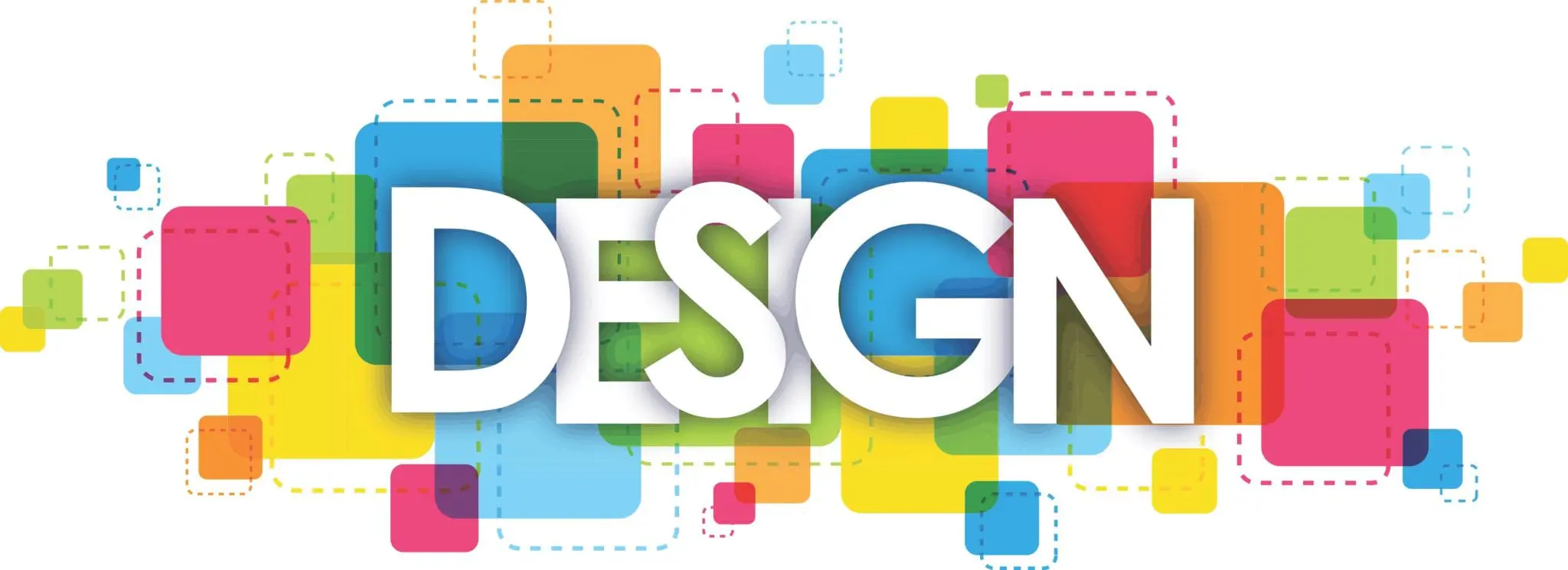First, let’s get the rumors of print marketing demise out of the way. Print marketing is not dead and it isn’t the corpses of print marketing hanging on the billboards. Print marketing is still alive because the human phenomena of visual attraction and memorization of tangible objects haven’t changed much.
Print marketing even in the existing digital era has a lot of potential and efficiency as far as attracting a wider audience is concerned. There are however few reasons that digital marketing is preferred over overprint marketing.
Digital marketing results are easy and directly measurable through several KIPs and software. On the other hand, print marketing, unless incorporated with a CTA, is quite hard to measure results. Additionally, print marketing requires a bigger budget as compared to digital marketing agency practices. In monetary terms, the majority of the startups and small businesses then prefer digital marketing over print marketing.
However, the budget of the new companies shouldn’t nullify the benefits of print marketing over your business goals and brand identity. Typically, print marketing can be used for both promoting products/ services and creating a strong brand identity with incredible ROI.
How To Create Brand Identity Using Print Marketing
Creating a brand identity has several aspects including brand awareness, identification, recognition, and memorable along with generating a community and attracting new, potential customers.
Brand Identity Design Alignment:
Brand identity heavily depends on the audience associated with the brand that comes from continuous exposure to emotional and visual stimulation. This means that your brand identity should be aligned across digital and tangible channels.
Additionally, the first noticeable trait of a brand identity is its distinctive logo, color palettes, and design. If you observe the major brands, you can pinpoint that they are recognized by their font, style and design alone, which reinforce a reaction from the audience.
It is true that the association between the audience and a brand logo is developed gradually, however, it is established it is one of the most powerful elements in print marketing.
Create Interactive Print Ads:
A brand that offers interaction sparks curiosity and attracts an audience towards it. Additionally, brands that enhance the user experience are also memorable.
Printed ads are more than just billboards, they can come in different forms such as small signboards, pampers, posters, flyers, etc. this gives the designers the perfect opportunity to include CTA that creates an ad highly interactive.
Interactive CTA also includes the use of hashtags, writing up opinions on the boards, several photo booth-related campaigns, and even tear a sign type of ads.
You can use a combination of custom mobile apps and QR codes that aids to the interactivity between the consumer and the brand. Merging the real world with the digital world can help you overcome the distinction and win the live and dead marketing debate altogether.
Keep The Copy Short:
“Less is more” is the perfect explanation of copywriting. Similar to the principle that you use in digital copywriting, your content/ ad copy should be short and precise allowing visuals to take up more space without cluttering the print ad too much.
Your copy should be bold and leave a lasting impression, aligned with the design.
Let Your Brand Be Mysterious:
Contrary to the belief, incomplete, mysterious, or riddle-based print ads can spark interest and stick to the memory of the audience. It sparks a certain level of curiosity that, if the audience comes across the second part of the ad on the internet or its print, they would be able to recall the ad concept and your brand.
The trick is to create a print ad that doesn’t tell too much or the whole story, let the story be a tease to your audience. Mysterious brand print marketing is a great source for launching new products as well. A well-designed ad creates hype among the netizens and the marketers, creating an overall hype.
Several brands use the element of surprise incorporated with a large logo in the ad to create strong associations with the audience. It is one of the efficient strategies to create a brand identity.
Dare To Be Different:
As brand identity depends on being distinctive from your competitors to achieve recognition and memorable traits, your ad prints should be distinctively different as well. Print ads are a lot about being creative, witty, and minimal.
In order to create print ads, your strategy and content should veer away from the traditional patterns surrounding it. You should strike your opponents by doing the opposite that they are doing. For example, in a magazine that primarily contains photographs and art, you should focus more on content and black spaces. At this site, you can play around with creative typography to make your point.
However, one thing that you should remember is familiarity with your audience as the creative wouldn’t spark any curiosity when interacting with the wrong cat.
Common Print Marketing Practices For Every Business:
- Print newsletters
- Postcards & Business cards
- Surface mail direct response campaigns
- Catalogs or brochures at different locations
- Traditional ad campaigns in newspapers or magazines
- Coupon campaigns with products or through collaboration
In conclusion, digital marketing does not entirely vary from print marketing as it does not include bits and bites of digital marketing, or digital marketing can be slightly integrated into print marketing as well.
The current trend is to market your business through digital marketing and printing press services in a way that your brand should be recognized on both mediums. Tie and combine the campaigns together and create a hybrid model of marketing for your brand.
